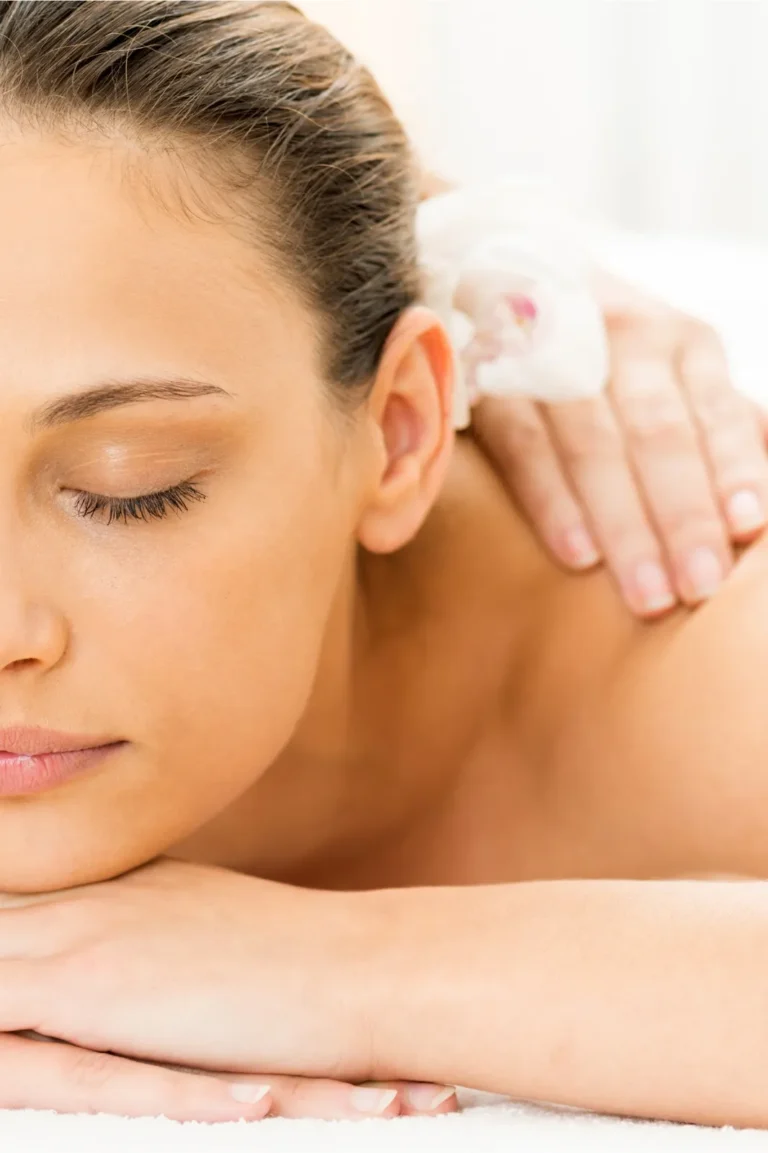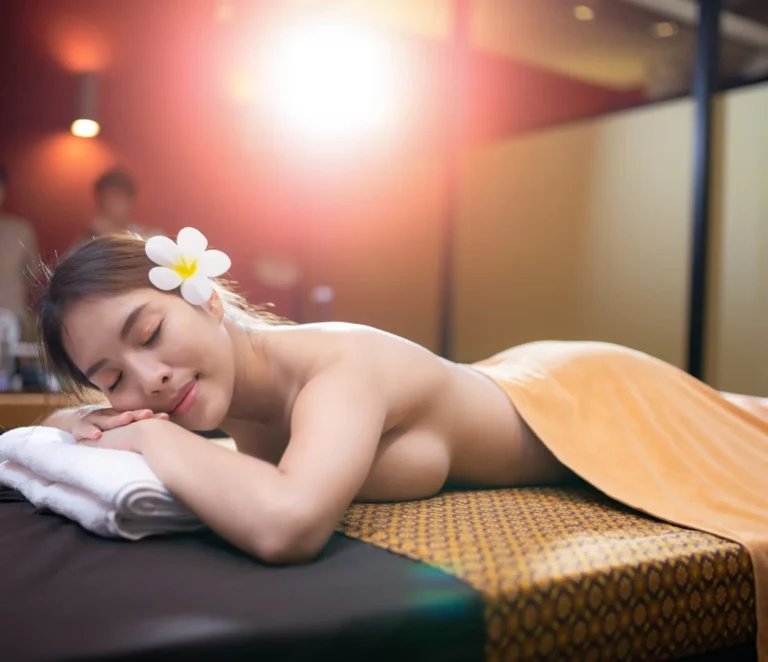Relaxing massage in Mallorca

For centuries relaxing massage has been a therapeutic technique whose main objective is to relieve stress and promote deep relaxation of the body and mind, nowadays it has become very common due to the level of stress we live in. As a relaxing masseuse in Mallorca, you have the power to bring this transformative experience to your clients and help them find calm and wellbeing. In this complete guide for masseurs, we will provide you with all the knowledge and techniques you need to deliver a high quality relaxing massage, whether you are in Palma de Mallorca or Spain, this post will be very useful. From the basics to advanced techniques, you will find everything you need to know to become an expert masseuse in the art of relaxation.
Basics of relaxing massage
What is relaxation massage?
Relaxing massage is a form of manual therapy that focuses on releasing accumulated tension in the muscles and promoting peace of mind. Through gentle, rhythmic techniques, the massage therapist applies pressure and fluid movements to the client’s entire body. The aim is to induce a state of deep relaxation, release stress and improve blood circulation.
Mention the word massage and it’s hard not to think of relaxation – many clients fall asleep, and it’s so natural that it’s no wonder. However, not all massages are designed to be soothing, so if you are looking for a treatment specifically designed to help you calm down, it is important to choose the best therapy for you and set the right mood in advance.
The key to achieving total bliss is to reduce both physical tension and mental anxiety. Many aspects of massage therapy are specifically designed to directly address these issues. A relaxation massage is a treatment in which your therapist will focus on holistic methods of relieving general tension and general stress, as opposed to specific techniques for injury recovery or tissue enhancement, such as those used in sports massage or anti-cellulite massage.
Benefits of relaxing massage
Relaxing massage offers a wide range of physical and mental health benefits. Some of the more prominent benefits include:
Stress reduction: Relaxing massage is known for its ability to reduce stress and anxiety levels. It helps to decrease the production of stress hormones and stimulates the release of endorphins, known as the “happy hormones”.
Muscle relief: Relaxing massage helps relieve muscle tension and stiffness, improving flexibility and promoting greater range of motion.
Improved sleep: A relaxing massage before bedtime can improve sleep quality, helping you fall asleep more quickly and wake up feeling rejuvenated.
Stimulation of the lymphatic system: Relaxing massage stimulates the lymphatic system, helping to eliminate toxins and improve lymph circulation in the body.
Preparation for a relaxing massage
Before beginning a relaxing massage, it is important to properly prepare the environment and establish a calm connection with your client. Here are some key steps to follow:
Setting the environment: Create a calm and relaxing space for your client. Make sure you have soft lighting, soft music and a pleasant temperature in the room.
Communication with the client: Before starting the massage, talk to your client to understand their needs and expectations. Ask them if they have any injuries or medical conditions that you should be aware of during the massage.
Choice of massage oil: Choose carefully the massage oil you will use. Opt for natural oils and mild fragrances that promote relaxation, such as lavender, chamomile or sandalwood.
Position and support the client: Help your client find a comfortable position on the massage table and provide cushions or pillows to support their body and keep them relaxed throughout the treatment.
Relaxing massage – Complete guide for massage therapists
Advanced Relaxing Massage Techniques
Basic movements and techniques
There are several basic techniques that every relaxing massage therapist should master. Here are some of the most important ones:
Effleurage: This gentle, rhythmic movement is performed with the palms of the hands and fingers. It is ideal for warming up the muscles and preparing the body for deeper techniques.
Petrissage: This technique involves kneading and lifting the muscle tissues with the hands and thumbs. It helps to relieve muscle tension and improve blood circulation.
Friction: Friction is performed by applying pressure and circular movements to specific areas of the body. It is especially effective in relieving muscle knots and releasing accumulated tension.
Advanced techniques
In addition to the basic techniques, there are advanced techniques you can use to provide an exceptionally relaxing massage. Here are some of them:
Deep Tissue Technique: This technique focuses on the deeper tissues of the body, using slow, deep movements to release built-up tension in the innermost muscle layers.
Assisted stretches: Assisted stretches can help increase flexibility and relax muscles. Perform gentle, gradual stretches on your client’s limbs to promote greater mobility.
Myofascial release techniques: Myofascial release focuses on releasing restrictions in the fascia, the connective tissue that surrounds muscles and organs. It uses gentle, sustained movements to release fascia and relieve tension.
Complete Professional Guide to the Perfect Relaxing Massage
1.Introduction: Brief description of the benefits of relaxing massage and how it can help reduce stress, relieve muscle tension and promote general well-being.
2.Preparation of the environment: Create a calm and relaxing atmosphere in the room. Use soft lighting, relaxing background music and scented candles. Keep the room clean and tidy, providing a sense of calm and professionalism.
3.Initial interview: Before starting the massage, conduct a brief interview with the recipient to find out their expectations, preferences and any health problems or injuries you should be aware of. Listen carefully to their needs and tailor the massage accordingly. Ask about the intensity of the massage, the areas to focus on and if they have any allergies or sensitivities to the products used.
4.Preparing the receiver: Provide privacy and adequate space for the receiver to undress and feel comfortable. Offer a gown or towel to cover themselves during the session. Make sure the massage table is padded and covered with clean, soft sheets. Offer an initial moment of relaxation, inviting the receiver to take deep breaths and release any tension before beginning.

5.Choice of products and techniques: Use high quality massage oils, lotions or balms that are suitable for the recipient’s skin type and have relaxing properties or therapeutic aroma. Mastering techniques such as kneading, rubbing, gliding and percussion will allow you to tailor the massage to the individual needs of the receiver. Experiment with different rhythms, pressures and movements to provide variety and stimulate a sense of deep wellbeing.
6.Massage sequence: Start with gentle, sweeping strokes to warm the tissues and relax the receiver. Follow a logical sequence, massaging key areas such as the neck, shoulders, back, legs and feet. Be sure to devote sufficient time to each area. Apply deep massage techniques to areas of increased muscle tension, but always ask the receiver about their comfort level. Include gentle stretching movements to relieve tension and improve flexibility.
7.Constant communication: Maintain open communication with the receiver throughout the massage. Question about your comfort, sensation or if you want to fit in pressure or technique used. Encourage the receiver to provide feedback and make adjustments according to their preferences to ensure a personalised experience.
8. Completion of the massage: Gently indicate to the receiver that the massage is coming to an end and offer a time for them to gradually come to. If you wish, you can perform a soft facial massage to further relax the receiver. Provide cool water or a warm drink to help eliminate toxins released during the massage. Offer post-massage recommendations, such as the importance of staying hydrated and avoiding strenuous activity after the session.
Conclusion:
Highlights the importance of professionalism, communication and adaptability in a quality relaxing massage. Encourages readers to seek professional services for maximum relaxation and therapeutic benefits.
Always remember to tailor the massage to the individual preferences and needs of the recipient – I hope you find this comprehensive guide useful for your relaxation blog! Visit us Now!






